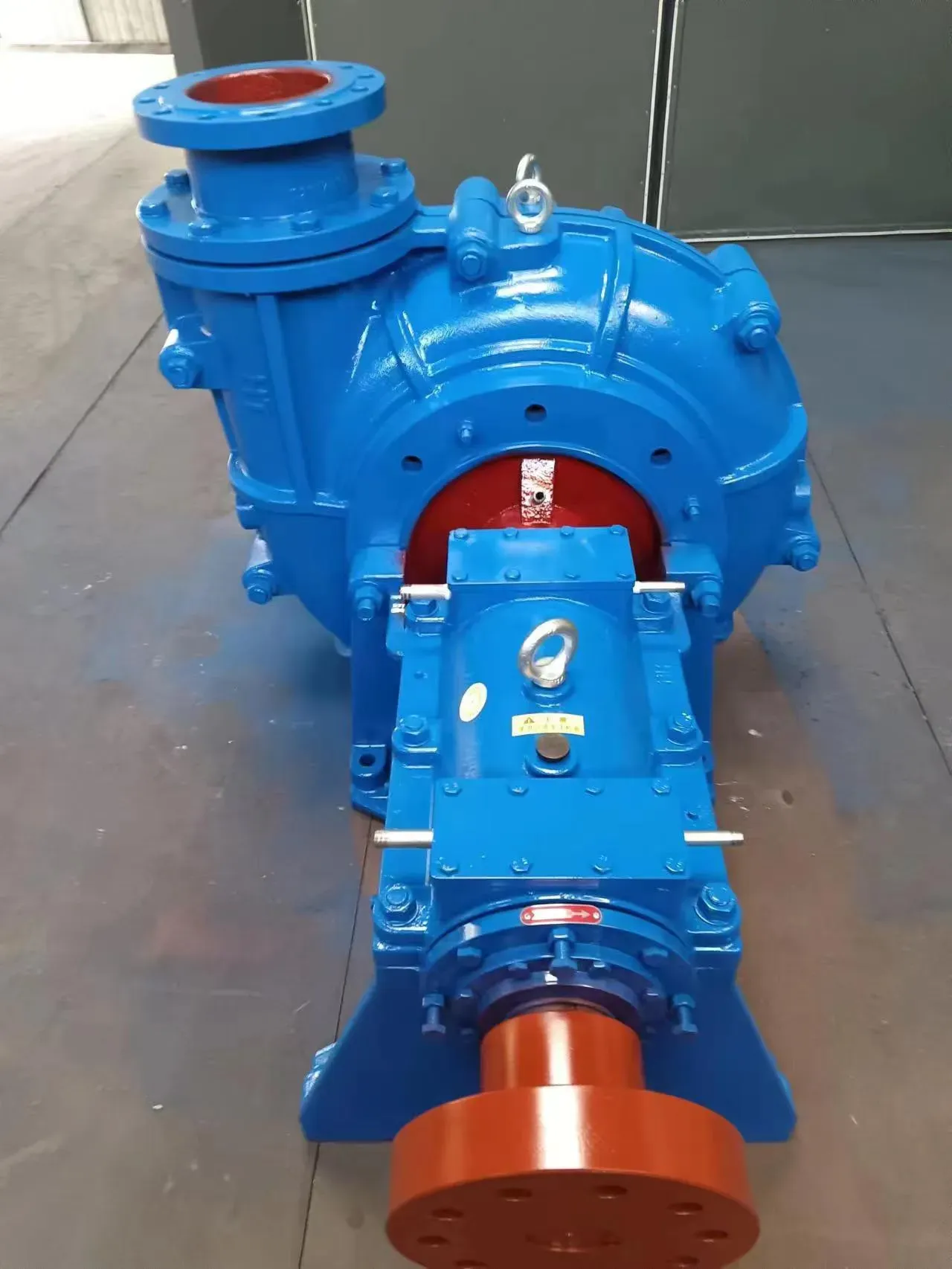English
- Afrikaans
- Albanian
- Amharic
- Arabic
- Armenian
- Azerbaijani
- Basque
- Belarusian
- Bengali
- Bosnian
- Bulgarian
- Catalan
- Cebuano
- Corsican
- Croatian
- Czech
- Danish
- Dutch
- English
- Esperanto
- Estonian
- Finnish
- French
- Frisian
- Galician
- Georgian
- German
- Greek
- Gujarati
- Haitian Creole
- hausa
- hawaiian
- Hebrew
- Hindi
- Miao
- Hungarian
- Icelandic
- igbo
- Indonesian
- irish
- Italian
- Japanese
- Javanese
- Kannada
- kazakh
- Khmer
- Rwandese
- Korean
- Kurdish
- Kyrgyz
- Lao
- Latin
- Latvian
- Lithuanian
- Luxembourgish
- Macedonian
- Malgashi
- Malay
- Malayalam
- Maltese
- Maori
- Marathi
- Mongolian
- Myanmar
- Nepali
- Norwegian
- Norwegian
- Occitan
- Pashto
- Persian
- Polish
- Portuguese
- Punjabi
- Romanian
- Russian
- Samoan
- Scottish Gaelic
- Serbian
- Sesotho
- Shona
- Sindhi
- Sinhala
- Slovak
- Slovenian
- Somali
- Spanish
- Sundanese
- Swahili
- Swedish
- Tagalog
- Tajik
- Tamil
- Tatar
- Telugu
- Thai
- Turkish
- Turkmen
- Ukrainian
- Urdu
- Uighur
- Uzbek
- Vietnamese
- Welsh
- Bantu
- Yiddish
- Yoruba
- Zulu
Telephone: +86 13120555503
Email: frank@cypump.com
Nov . 16, 2024 06:54 Back to list
slurry pump rubber throat bush
Understanding Slurry Pump Rubber Throat Bush A Comprehensive Overview
In the mining, dredging, and mineral processing industries, slurry pumps play a vital role in transporting abrasive and viscous mixtures. Ensuring the reliability and efficiency of these pumps is crucial, and one key component that significantly impacts their performance is the rubber throat bush. This article explores the importance, functioning, material specifications, and maintenance considerations of slurry pump rubber throat bushes.
What is a Rubber Throat Bush?
A rubber throat bush is a crucial component found in slurry pumps, particularly in the section where the pump body meets the impeller. Its primary function is to provide a wear-resistant surface that accommodates the impeller's rapid movements and helps minimize the leakage of the slurry within the pump. This part is designed to absorb shocks and vibrations, contributing to the overall durability of the slurry pump.
Importance of Rubber Throat Bushes
The rubber throat bush serves multiple essential functions
1. Wear Resistance Slurry handling often involves abrasive materials, which can quickly erode metal components. A rubber throat bush, made from high-quality elastomers, provides a durable barrier against wear and extends the life of the pump.
2. Leakage Prevention One of the prime concerns in slurry pumping is leakage. The throat bush ensures a snug fit between the impeller and the pump casing, significantly reducing the flow of slurry beyond the intended path.
3. Cushioning Effect The rubber material acts as a cushion, absorbing impacts and vibrations that occur during operation. This feature helps to protect other mechanical components of the pump from damage.
Material Specifications
Rubber throat bushes are usually made from several types of elastomers tailored for specific conditions. Common materials include
- Natural Rubber Known for its excellent resilience and flexibility, natural rubber is often employed in applications where cost-effectiveness is important, provided that the slurry is not excessively abrasive. - Nitrile Rubber (NBR) This material is ideal for environments where the slurry has a high oil content, as it provides superior resistance to oil and heat.
slurry pump rubber throat bush

- Neoprene Known for its broader range of temperature resistance, neoprene is suitable for applications involving harsh environmental conditions.
- Polyurethane While more expensive, polyurethane rubber offers exceptional wear resistance and longevity, making it an excellent choice for high-abrasion conditions.
Choosing the right material for the throat bush is essential for ensuring the pump's efficiency and lifespan, and it generally depends on the composition and characteristics of the slurry being handled.
Maintenance Considerations
To maximize the life and efficiency of the rubber throat bush, regular maintenance is crucial. Here are some key maintenance tips
1. Regular Inspection Periodically inspect the rubber throat bush for signs of wear or damage. This should include checking for cracks, deformation, or any reduction in thickness.
2. Proper Lubrication Ensure that any moving parts in the vicinity of rubber elements are properly lubricated to minimize friction and wear.
3. Monitor Operating Conditions Keep track of the pump's operating conditions, including temperature and slurry characteristics, to ensure they remain within recommended limits.
4. Replace When Necessary If significant wear is observed, replace the rubber throat bush promptly to avoid damage to the impeller and other components of the pump.
Conclusion
In conclusion, the rubber throat bush is an integral part of slurry pumps that plays a pivotal role in enhancing performance, minimizing wear, and ensuring efficient operation. By understanding its functions, selecting the appropriate materials, and adhering to maintenance best practices, industries can significantly enhance the reliability and longevity of their slurry pumping systems. As technology continues to evolve, advancements in materials science may lead to even more effective solutions for managing the challenges associated with slurry transport.
-
Reliable Non-Clog Sewage Pumps with GPT-4-Turbo Tech
NewsAug.04,2025
-
High-Performance Air Pumps for Sand & Gravel | Efficient Transport
NewsAug.03,2025
-
ISG Series Vertical Pipeline Pump - Chi Yuan Pumps Co., LTD.|Energy Efficiency, Corrosion Resistance
NewsAug.03,2025
-
ISG Series Pipeline Pump - Chi Yuan Pumps | Energy Efficiency&Compact Design
NewsAug.03,2025
-
ISG Series Vertical Pipeline Pump - Chi Yuan Pumps Co., LTD.|High Efficiency, Low Noise, Durable
NewsAug.02,2025
-
ISG Series Vertical Pipeline Pump - Chi Yuan Pumps | High Efficiency, Low Noise
NewsAug.02,2025










